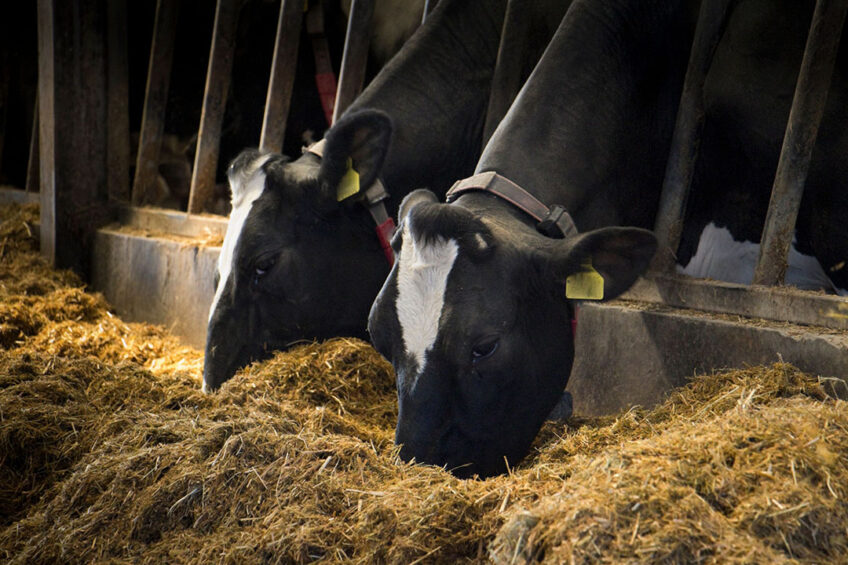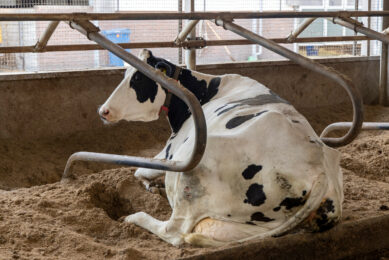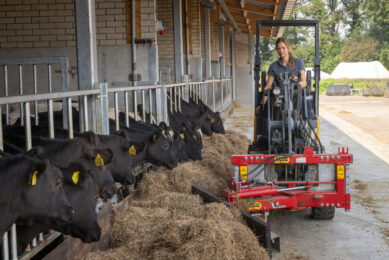Antimicrobial use and resistance in Scottish dairy herds

Lack of knowledge about antimicrobial use and resistance levels is hindering understanding of the issue among Scottish dairy farmers.
With antimicrobial resistance posing a major threat to global health, understanding how antimicrobials are used on dairy holdings and stakeholder positions is crucial in ensuring responsible use to tackle the emergence of anti-microbial resistance (AMR).
Researchers conducted a study of Scottish dairy farmers’ knowledge about the meaning of AMR and antimicrobial activity, behaviour and practices related to farm anti-microbial use (AMU) and attitudes towards AMR mitigation.
An online survey was designed based on 2 focus group findings and was completed by 61 respondents, or 7% of the population of Scottish dairy farmers. It found:
- Knowledge of antimicrobials and AMR was variable, with almost half believing that antimicrobials could have anti-inflammatory or analgesic activity.
- Advice from vets on AMU issues was ranked significantly higher than other farm advisors.
- The majority of farmers (90%) reported having implemented practices to reduce reliance on antimicrobials, such as selective dry cow therapy or AMU treatment protocols, and have reduced farm AMU use in recent years.
- Feeding waste milk to calves is still widespread, being used by nearly a third of respondents.
The main factors hindering the responsible use of AMU on farms were due to limited facilities, such as isolation pens for sick animals, and knowledge of appropriate AMU recommendations, followed by time and financial constraints.
Most farmers (89%) agreed that it was important to reduce AMU on dairy farms, but only 52% said they felt levels on UK dairy farms were currently too high, suggesting a mismatch between their intention to reduce antimicrobials and AMU behaviour.
The results indicate that dairy farmers are aware of AMR, and their self-reported usage is lower, but some do not understand the activity of antimicrobials and their correct usage.
More work is needed to improve dairy farmers’ knowledge of appropriate AMU and intentions to combat AMR are likely to benefit from advice from herd vets. Training on how to reduce AMU should involve all farm staff administering antimicrobials and should be tailored to farm-specific barriers, such as limited facilities and workforce shortages.
• The study was published in the journal BMC Veterinary Research and can be found here.
Join 13,000+ subscribers
Subscribe to our newsletter to stay updated about all the need-to-know content in the dairy sector, two times a week.










